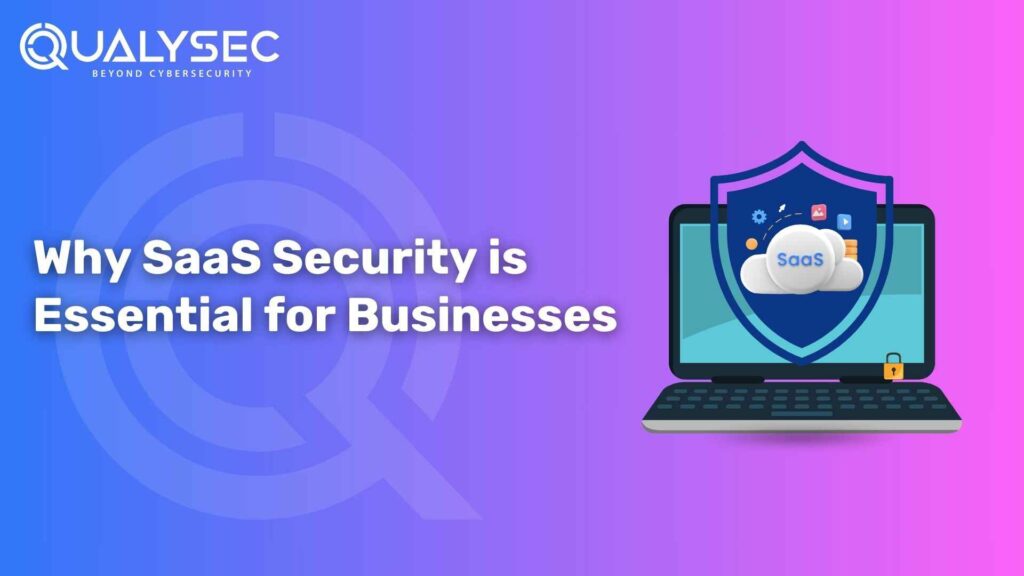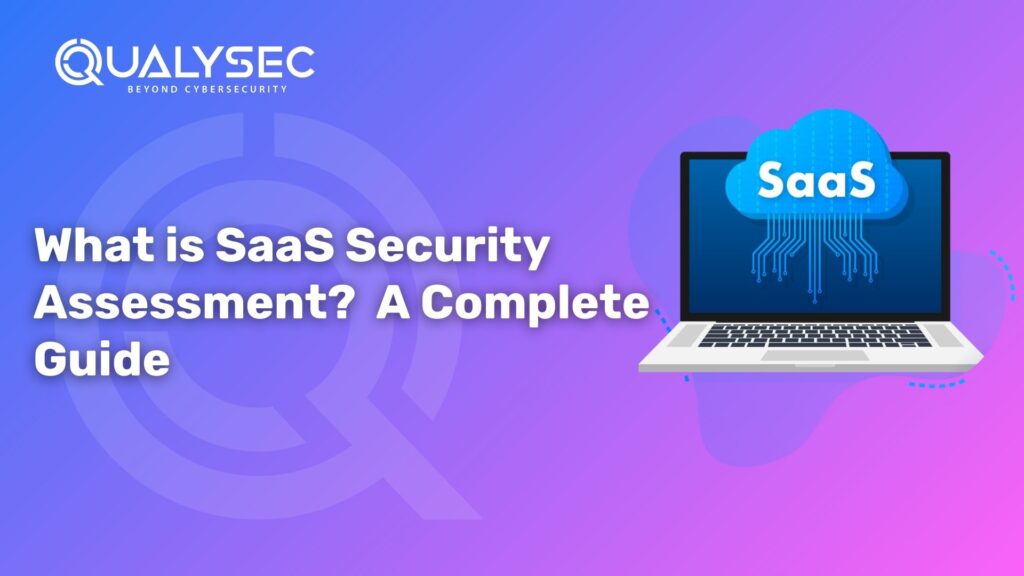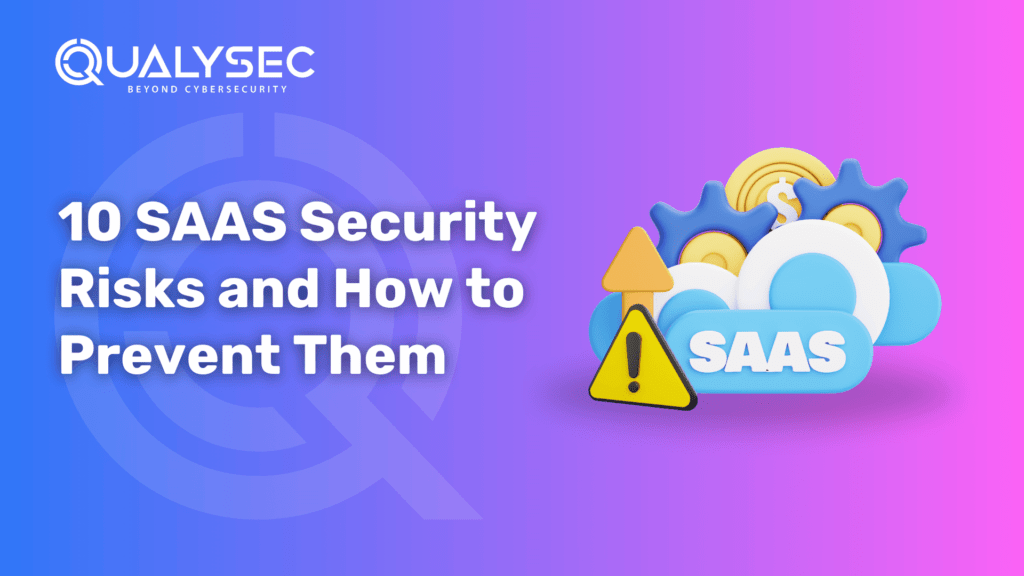Why SaaS Security is Essential for Businesses?
Security as a Service plays a very crucial role in the business marketplace. SaaS Security Solutions help protect business platforms’ confidential information and other applications related to the industry from numerous cyberattacks, unauthorised access and regulatory and law violence. All of this is executed due to protect the name and credential of the company, to prevent from monetary loss and to ensure the business smooth operation. SaaS Security Solutions and Services: What Are They? The SaaS security services include the resources and techniques for safeguarding apps that use the cloud and private information. SaaS solutions such as Microsoft Office 365, Salesforce, and Google Workspace can provide ease, but they also present distinct safety concerns. SaaS security services guarantee that these websites are safe from cyber assaults while adhering to business laws. Why SaaS Is Important for Businesses? 1. Securing private information SaaS safety precautions are critical for protecting private details that are saved and managed in applications that use the cloud, including client data, banking details, and property rights. 2. Guarding Against Cybercrimes Strong SaaS security measures support safeguarding against a variety of cyber hazards, such as viruses, phishing attempts, and information violates, that may cause considerable economic and image damage. 3. Safeguarding Compliance By putting in place suitable safety measures along with information safety protocols, SaaS security services assist firms in adhering to business norms and confidentiality legislation, including GDPR and HIPAA. SaaS safety prevents losing data and system failure, allowing organizations to continue business without delays that might result in monetary losses and client disagreement. 4. Establishing confidence By showcasing a dedication to information safety and security, effective SaaS safety protocols foster confidence among partners, supporters, and consumers.Handling SaaS Threats: SaaS security assists businesses in controlling the potential hazards that come with utilizing online apps, including external risks, error messages, and malware. 5. Visibility and Control By giving businesses insight into how SaaS is being utilized, SaaS safety features enable them to recognize potential threats, take appropriate action, and guarantee that apps are set up and operated safely. 6. Guarding From Internal Risks: SaaS security features can assist in identifying and stopping threat actors, such as careless or malevolent staff members, who could jeopardize networks or information. 7. Minimizing monetary and brand harm Cybersecurity incidents and information breaches may lead to large monetary losses, such as lost revenue, court bills, and recovery expenses, in addition to adverse publicity that can undermine consumer confidence. 8. Improving Management Position Businesses may improve their general level of security and lessen their susceptibility to hacking and data theft by putting SaaS safety guidelines and responses into place. Knowing the Application of SaaS in Businesses A SaaS strategy for leadership is only useful if partnerships are already in place. Typically, this begins with determining who owns SaaS programs inside a business. A typical SaaS-related issue is transparency. It challenges obtaining a reliable SaaS application assessment with comprehensive knowledge of both established and emerging software as a service and complicated information streams. Individuals and groups frequently operate inside divisions; therefore, security and information technology staff usually have no insight into the organization’s whole SaaS architecture. Consequently, it is nearly difficult to ensure the security of important information handled and preserved in SaaS programs. Why SaaS Safety Accreditation Are Critical for Businesses! Organizations are using Software as a Service (SaaS) systems more often as the digital evolution picks up speed to improve productivity and simplify processes. Yet, this change introduces fresh security hazards, requiring SaaS safety ratings more crucial than now. Essential SaaS Security Certifications Understanding which certifications are critical helps businesses protect both their data and operations. Here are some essential SaaS security certifications The Importance of SaaS Certifications for Businesses 1. Establishing confidence and Reputation In the modern corporate world, credibility is crucial. SaaS safety certifications ensure customers knowing providers of services comply with the latest privacy requirements. These certificates, granted by trustworthy entities, illustrate the company’s dedication to safety and regulatory compliance. 2. Building an edge over competitors In highly regulated industries such as financial services, medical care, and administration, credentials can distinguish a SaaS supplier. A lot of customers want certification prior to establishing a relationship, especially in industries wherein information security is important. 3. Boost constant development The procedure of getting and keeping credentials requires firms to constantly assess and enhance their safety procedures, guaranteeing their ability are capable of respond to evolving risks as technology develops. How Does Qualysec Help to Protect Businesses Using SaaS Programs? Qualysec, a 2020-founded cybersecurity firm, is a leading SaaS application security service provider. Furthermore, Qualysec earned praise for its cutting-edge technologies and exceptional cybersecurity assessments. They employ competent professionals who provide a wide range of offerings, like penetration testing and vulnerability evaluations. Qualysec’s competitive advantage originates from its devotion to current security advancements, such as greater legitimate hacking abilities and prospective threats. The latest methodologies and technologies are used to conduct comprehensive and exact tests. Qualysec’s competent specialists increase the organization’s expertise and provide a genuine way of doing their job. This encourages collaboration and converts breakthroughs into actual implementations. If you’ve been searching for reliable and affordable SaaS security solutions in the country like India, consider Qualysec. Moreover, their pentest guideline can help customers to make informed decisions and understanding why different variables influence price. So, by partnering with us, business can secure their valuables and ensure their safety. Latest Penetration Testing Report Download Conclusion Companies that use software as a service must choose suppliers with credible safety ratings. These awards reflect an organization’s dedication to compliance and safety, as well as instilling trust in their information security methods. At Qualysec, our team is uncompromising in our devotion to protection, offering our users secure, dependable SaaS Security Solutions they can rely on. Collaborating with an officially licensed SaaS supplier protects organizations’ business processes, laying the path towards potential growth and achievement in the age of technology. Talk to our Cybersecurity Expert to discuss your specific needs and how we can






